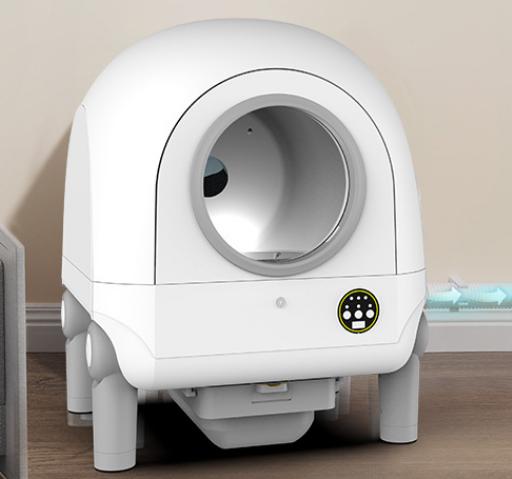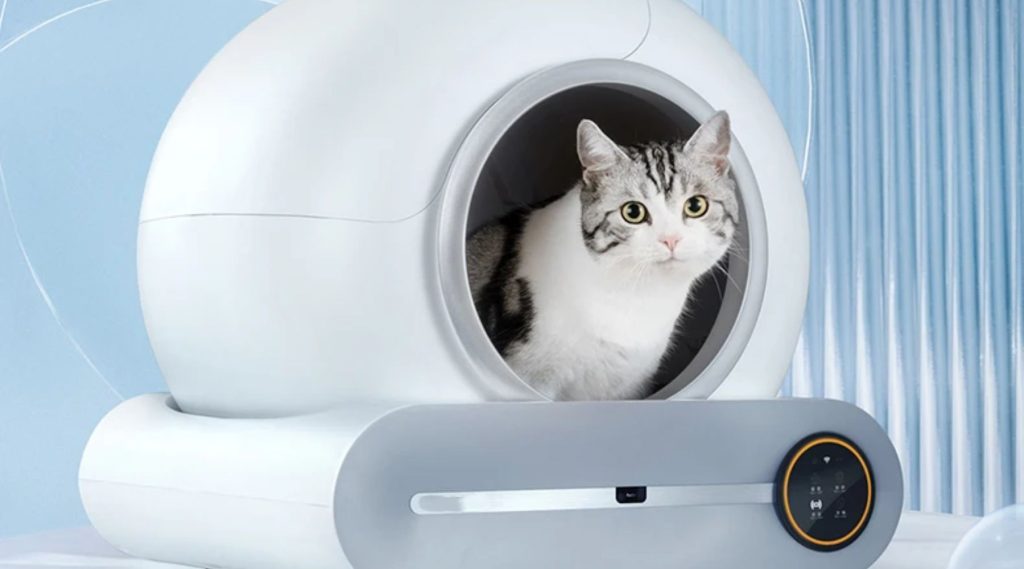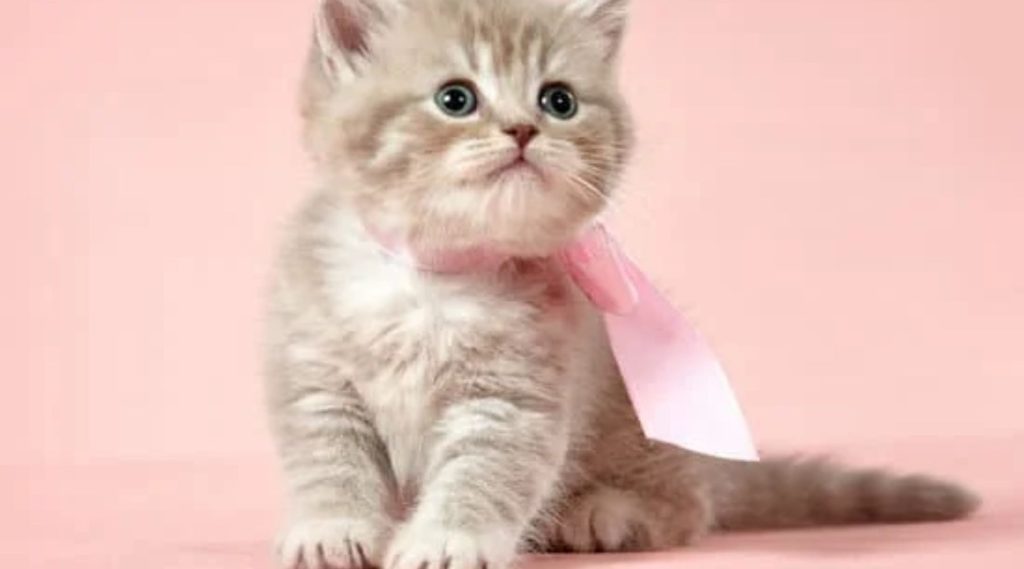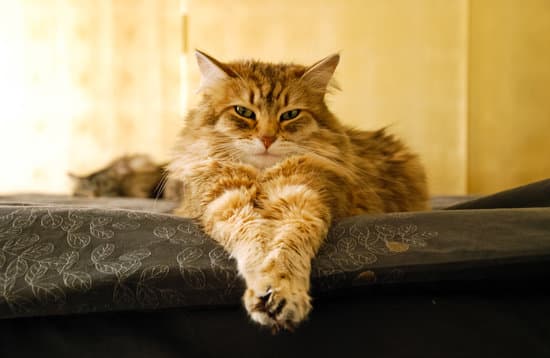When it comes to caring for our beloved feline companions, one of the most important decisions we can make is choosing the right automatic cat litter box. Though it might seem like a small detail, the size and type of litter box can significantly impact your cat’s comfort and well-being. Cats are creatures of habit and can be quite particular about their bathroom habits. Therefore, providing the right litter box can help prevent behavioral issues and ensure your cat feels safe and secure.

Understanding the Importance of Litter Box Size
Comfort and Security for Your Cat
Cats need a litter box that offers enough space for them to move around comfortably. A box that is too small can make your cat feel cramped and anxious. Conversely, a box that is too large might not provide the sense of privacy and security they crave. The right-sized automatic cat litter box can make your cat feel more comfortable and reduce the likelihood of them eliminating outside the box.
Preventing Behavioral Issues
Inappropriate elimination is a common issue among cats, and one of the leading causes can be an unsuitable litter box. Cats might avoid using a box that is too small, too dirty, or placed in an inconvenient location. Ensuring your cat has a comfortable and appropriately sized litter box can help prevent such issues and promote good bathroom habits.
Deciding on the Type of Cat Litter Box
Assessing Your Cat’s Preferences
Before choosing the size of the litter box, it is essential to determine what type of cat litter box your cat prefers. Cats can have distinct preferences when it comes to their litter box, and selecting one that suits their needs can make a significant difference. Some cats prefer open litter boxes that allow them to see their surroundings, while others feel more secure in enclosed boxes that offer privacy.
Types of Cat Litter Boxes
There are various types of litter boxes available, each with its own set of advantages and disadvantages. Here are some common types to consider:
- Open Litter Boxes: These are simple and provide easy access for your cat. They are also easier to clean but might not contain odors as effectively.
- Corner-Shaped Litter Boxes: Ideal for placing in tight spaces, these boxes can be a good option if you have limited room.
- Enclosed Litter Boxes:These provide privacy and help contain odors but might not be suitable for all cats, especially those who prefer an open view.
- Self-Cleaning Litter Boxes: These boxes automate the cleaning process, reducing the maintenance required. However, they can be noisy and may not suit all cats.
- Top-Opening Litter Boxes: These help prevent litter tracking and can be ideal for cats that kick litter out of the box.
Related reading: Covered vs Open Cat Litter Box: A Comprehensive Guide
Preparation: What You’ll Need
Tools for Measuring Your Cat
To choose the right size litter box, you’ll need to measure your cat accurately. Here’s what you’ll need:
- A soft measuring tape
- A pen and paper or a phone to record measurements
- A treat to reward your cat for cooperating
Choosing the Right Size Cat Litter Box
1. Measure Your Cat
The most crucial factor in selecting a litter box is ensuring it is the right size for your cat. Measure your cat from the tip of their nose to the base of their tail. The litter box should be at least one and a half times this length to allow your cat to turn around comfortably. If your cat is still growing, consider their potential adult size when selecting a box.
2. Determine the Location
The placement of the litter box is just as important as its size. Choose a quiet, low-traffic area where your cat can use the box undisturbed. Avoid placing the litter box near their food and water bowls, as cats typically prefer to keep these areas separate.
3. Select the Type of Litter Box
Based on your cat’s preferences and the layout of your home, choose the type of litter box that best suits your needs. An open box might be best for visibility, while an enclosed box can provide more privacy.
4. Consider the Sides and Depth
High-sided litter boxes are excellent for keeping litter contained, but they might not be suitable for kittens or older cats with mobility issues. Ensure the sides are low enough for easy entry and exit. The box should also be deep enough to hold an adequate amount of litter for your cat to dig and cover their waste comfortably.
5. Choose the Right Litter
Don’t forget about the type of litter you use. Most cats prefer clumping litter with a fine texture, as it closely resembles the soil they would dig in outdoors. Be prepared to experiment with different types of litter to find what your cat likes best.

Detailed Considerations for the Perfect Cat Litter Box
Size and Space Requirements
Ensure that the litter box fits well in the designated area without being too cramped. It should be large enough for your cat to enter, turn around, and dig comfortably. Remember, a bigger box is usually better than one that’s too small.
Ease of Cleaning
Choose a litter box that is easy to clean. Some materials are more prone to retaining odors and stains, so opt for non-stick surfaces if possible. Regular cleaning is essential to maintain a hygienic environment for your cat.
Ventilation and Odor Control
Enclosed litter boxes can help contain odors but need good ventilation to prevent smells from becoming trapped. Consider boxes with carbon filters or other odor control features to keep the area smelling fresh.
Accessibility for Cats of All Ages
If you have a senior cat or one with mobility issues, choose a box with lower sides to make entry and exit easier. Kittens also benefit from easily accessible boxes as they learn to use them.
Number of Litter Boxes
The general rule of thumb is one box per cat, plus one extra. This helps prevent territorial issues and ensures that there is always a clean box available for your cats.
Special Considerations for Kittens and Senior Cats
For Kittens
Kittens need smaller, more accessible boxes initially. As they grow, you’ll need to upgrade to larger boxes to accommodate their size. Ensure the sides are low enough for them to climb in and out easily.
For Senior Cats
Senior cats might struggle with high-sided boxes or enclosed spaces. Look for boxes specifically designed for older cats, with low entry points and plenty of space. These boxes should also be easy to clean and maintain.

Common Mistakes to Avoid
Box Size Misjudgment
One of the most common mistakes cat owners make is underestimating how big a litter box should be. Remember, it’s better to have a box that’s a little too big than one that’s too small. This ensures your cat has enough room to move around comfortably.
Ignoring Your Cat’s Preferences
Just because a box looks good to you doesn’t mean your cat will like it. Pay close attention to their behavior and be ready to make changes if necessary. Your cat’s comfort and preferences should always come first.
Overlooking the Location
Even the best litter box won’t work if it’s in the wrong place. Make sure it’s in a quiet, easily accessible location where your cat feels safe. Avoid high-traffic areas and places close to their food and water bowls.
Final Thoughts
Choosing the perfect litter box size might seem like a daunting task, but it ultimately comes down to understanding your cat’s needs and preferences. Measure your cat, consider their age and health, and don’t forget to account for their future growth if they’re still kittens. Remember, a comfortable and happy cat is more likely to use their litter box consistently, making your home a cleaner and more pleasant place for everyone.
Ensuring your cat has the right-sized litter box can prevent behavioral issues, promote good bathroom habits, and keep your cat comfortable. By following the guidelines in this article, you’ll be well on your way to providing the perfect litter box for your feline friend.
FAQs
1. What size should a litter box be for a large cat?
A: For large cats, aim for a litter box that is at least 1.5 times the length of your cat from nose to tail base. This ensures they have ample space to move around comfortably.
2. Can kittens use large litter boxes?
A: Kittens can start with smaller, more accessible boxes, but as they grow, you’ll need to upgrade to larger boxes to accommodate their size.
3. How often should I clean my cat’s litter box?
A: Ideally, scoop the litter box daily and perform a full clean every week to maintain hygiene and prevent odors.
4. Are self-cleaning litter boxes worth it?
A: Self-cleaning litter boxes can be convenient but might not suit all cats due to the noise and vibrations they produce. Monitor your cat’s reaction to see if they’re comfortable using one.
5. Where is the best place to put a litter box?
A: Place the litter box in a quiet, low-traffic area where your cat feels safe. Avoid placing it near their food and water bowls.
